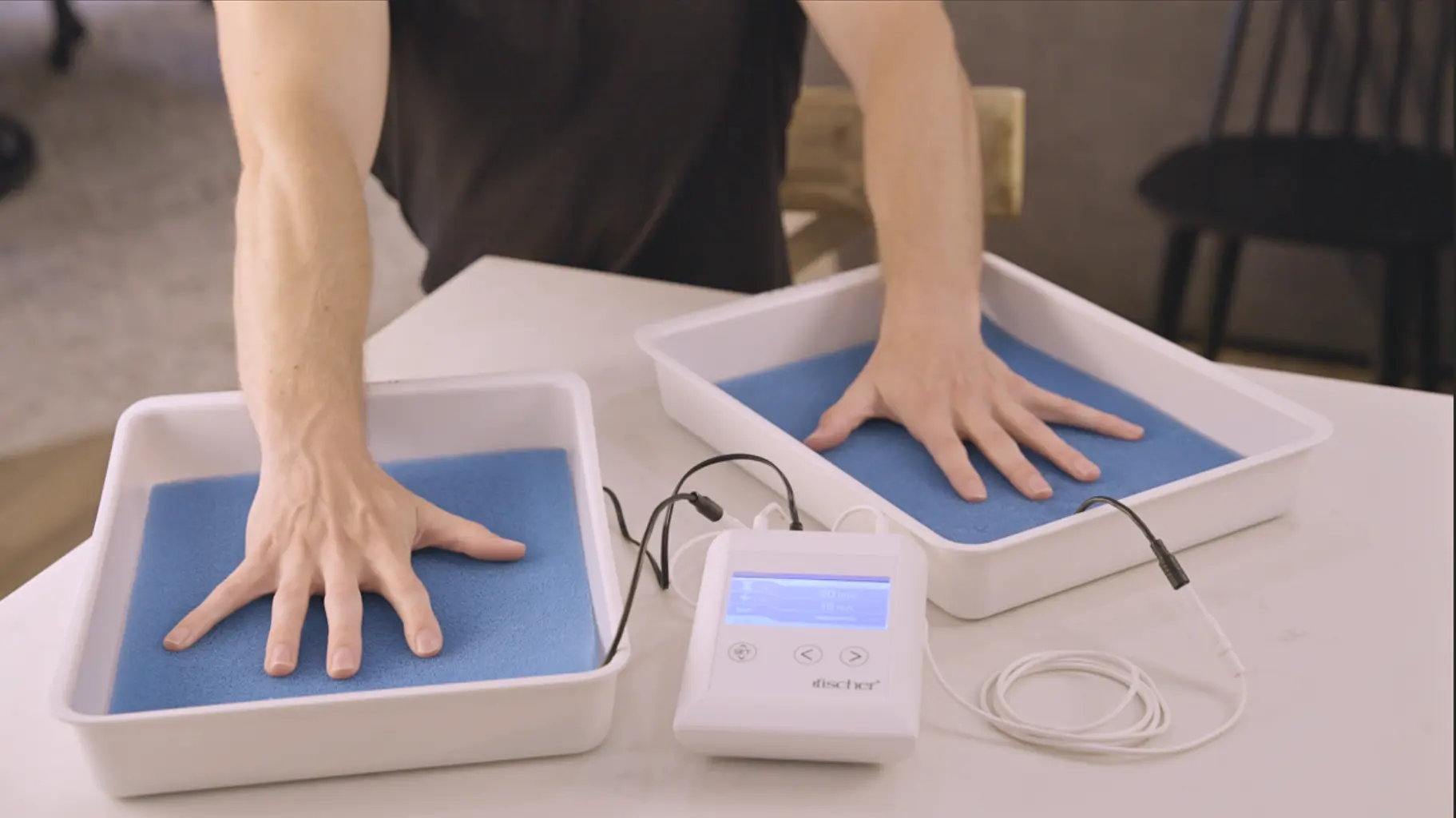Revealing the Intricacies of Excessive Sweating: A Comprehensive Guide to Diagnosis and Administration
Too much sweating, medically understood as hyperhidrosis, is a problem that influences a significant variety of people and can have an extensive effect on their lifestyle. While sweating is an all-natural physical feature, its overactivity in hyperhidrosis presents a distinct set of obstacles that typically go past plain discomfort. Comprehending the underlying reasons, identifying the symptoms, and navigating the diagnostic process for hyperhidrosis can be elaborate jobs. In this detailed overview, we will certainly discover the intricacies of hyperhidrosis, from its medical diagnosis to the array of treatment options available, dropping light on efficient administration methods for those coming to grips with this problem.

Comprehending Hyperhidrosis Causes
Hyperhidrosis creates can be attributed to numerous factors such as genes, hormone imbalances, and particular medical conditions. Genes play a significant function in key focal hyperhidrosis, where individuals acquire the problem from their family members. By determining the details elements adding to too much sweating, healthcare suppliers can customize treatment plans to resolve the underlying cause, providing alleviation and boosting the quality of life for individuals impacted by hyperhidrosis.
Identifying Hyperhidrosis Symptoms

Moreover, hyperhidrosis signs and symptoms might show up in psychological and social distress, as individuals might feel ashamed or anxious about their sweating, causing avoidance of social situations (Sweaty hands treatment). Furthermore, repeated episodes of extreme sweating can result in skin maceration, fungal infections, and a total reduction in self-confidence
Diagnostic Process for Hyperhidrosis
Starting the diagnostic procedure for excessive sweating entails complete assessment of the person's case history and checkup. Asking about the beginning, period, and sets off of sweating episodes is crucial to set apart between key focal hyperhidrosis and second generalized hyperhidrosis. Clinical history should likewise include inquiries about medicines, clinical conditions, and family members history of hyperhidrosis.
Throughout the physical exam, specific focus is paid to the areas influenced by sweating. The health care provider may assess the level of sweating, check for indicators of underlying conditions, and review the influence of sweating on the individual's lifestyle. Additionally, particular tests like the gravimetric examination, starch-iodine test, or skin over here conductance measurements might be conducted to quantify the quantity of sweat generated.
Furthermore, in situations where additional hyperhidrosis is presumed, extra tests such as blood tests, urine tests, and imaging research studies may be suggested to determine the underlying root cause of extreme sweating. The diagnostic process aims to accurately determine the type and root cause of hyperhidrosis to assist ideal monitoring approaches.
Therapy Choices for Hyperhidrosis
When resolving extreme sweating, different treatment choices are available to minimize symptoms and improve the person's top quality of life. The therapy method for hyperhidrosis depends on the severity of signs and symptoms and the individual's action to initial official website therapies.
Topical therapies, such as aluminum-based antiperspirants, are typically recommended as the very first line of defense for handling mild situations of hyperhidrosis. For people with a lot more severe signs, dental medicines like anticholinergics may be recommended to help lower sweating.

Effective Management Techniques
To effectively manage hyperhidrosis, a individualized and detailed therapy strategy customized to the patient's specific demands and view website feedback to previous therapies is important. This plan may incorporate a combination of therapeutic methods, including lifestyle modifications, topical therapies, oral medicines, botulinum contaminant shots, iontophoresis, and in severe situations, medical treatments like sweat gland removal or sympathectomy. Way of living alterations such as using moisture-wicking clothes, using antiperspirants, and practicing stress-reducing strategies can match medical treatments. Topical antiperspirants having aluminum chloride are typically the first-line treatment, with more powerful formulations readily available for resistant cases. Dental medicines like anticholinergics may be suggested for generalized hyperhidrosis. Botulinum toxin shots are effective for focal hyperhidrosis, giving momentary relief by obstructing the release of acetylcholine. Iontophoresis, entailing making use of a low electric current to minimize sweat gland task, can be useful for both palmoplantar and axillary hyperhidrosis. Surgical alternatives are usually booked for serious, refractory cases and need careful consideration of risks and benefits. A multidisciplinary strategy involving skin doctors, health care physicians, and, if essential, cosmetic surgeons, can maximize the management of hyperhidrosis.
Conclusion
In conclusion, hyperhidrosis is a problem identified by extreme sweating, which can substantially affect an individual's quality of life. With proper medical diagnosis and monitoring methods, individuals suffering from hyperhidrosis can find alleviation and enhance their overall health.
Extreme sweating, clinically recognized as hyperhidrosis, is a condition that affects a substantial number of people and can have a profound impact on their top quality of life. By determining the particular elements adding to extreme sweating, healthcare companies can tailor therapy plans to address the underlying reason, using relief and boosting the quality of life for people impacted by hyperhidrosis.
Hyperhidrosis, characterized by too much sweating beyond what is essential for controling body temperature, can dramatically impact a person's quality of life. Making inquiries regarding the start, duration, and causes of sweating episodes is vital to distinguish in between primary focal hyperhidrosis and second generalized hyperhidrosis. Treatment for hyperhydrosis of hands.In conclusion, hyperhidrosis is a problem characterized by extreme sweating, which can greatly affect a person's quality of life